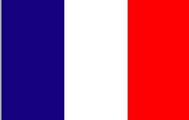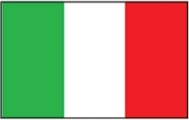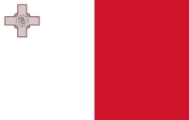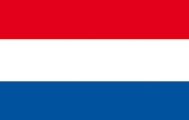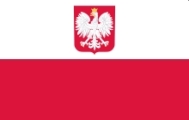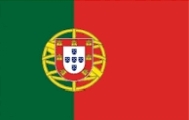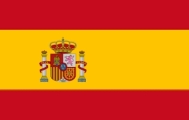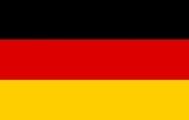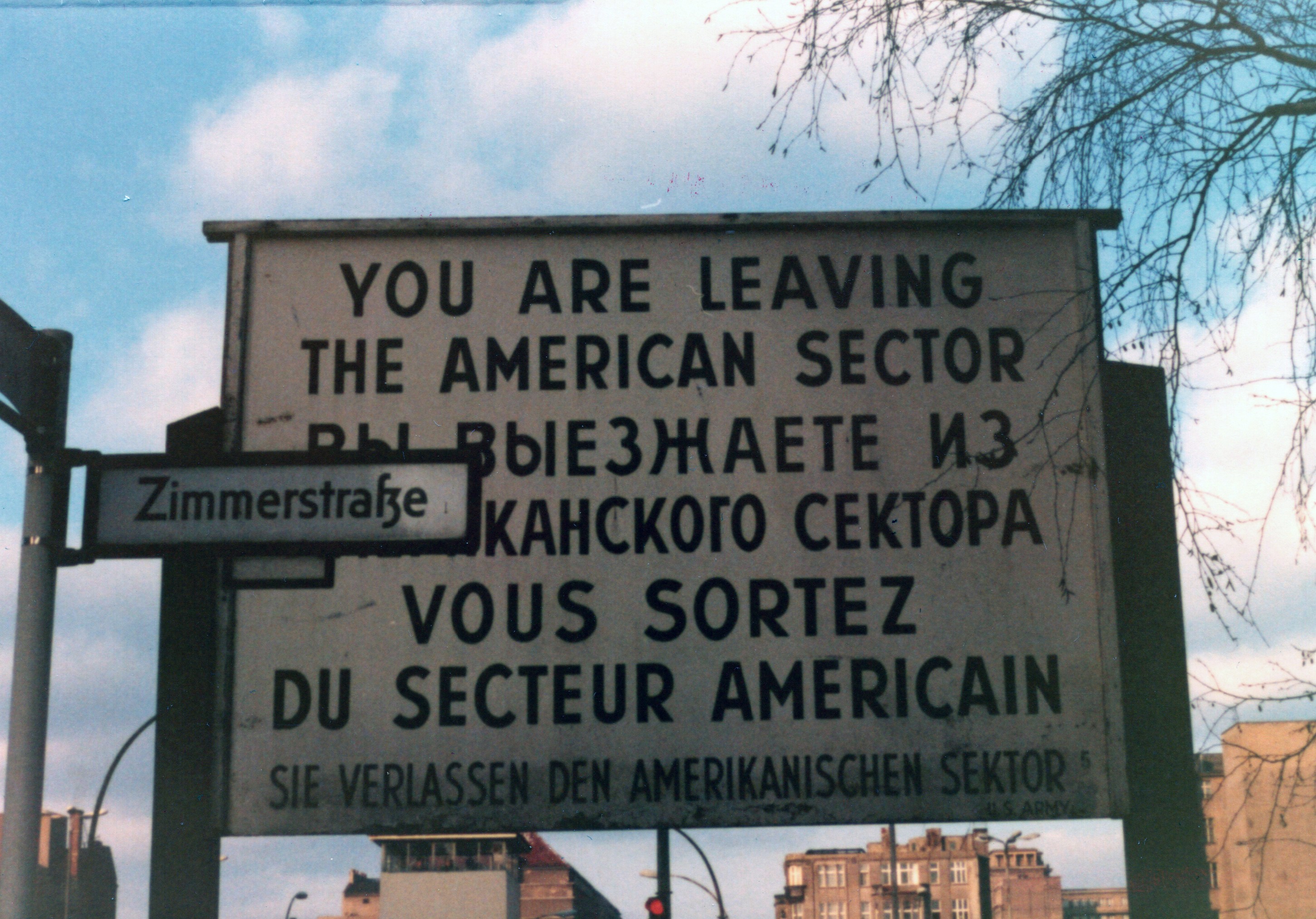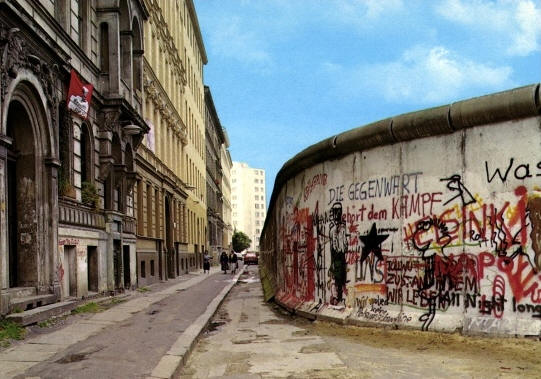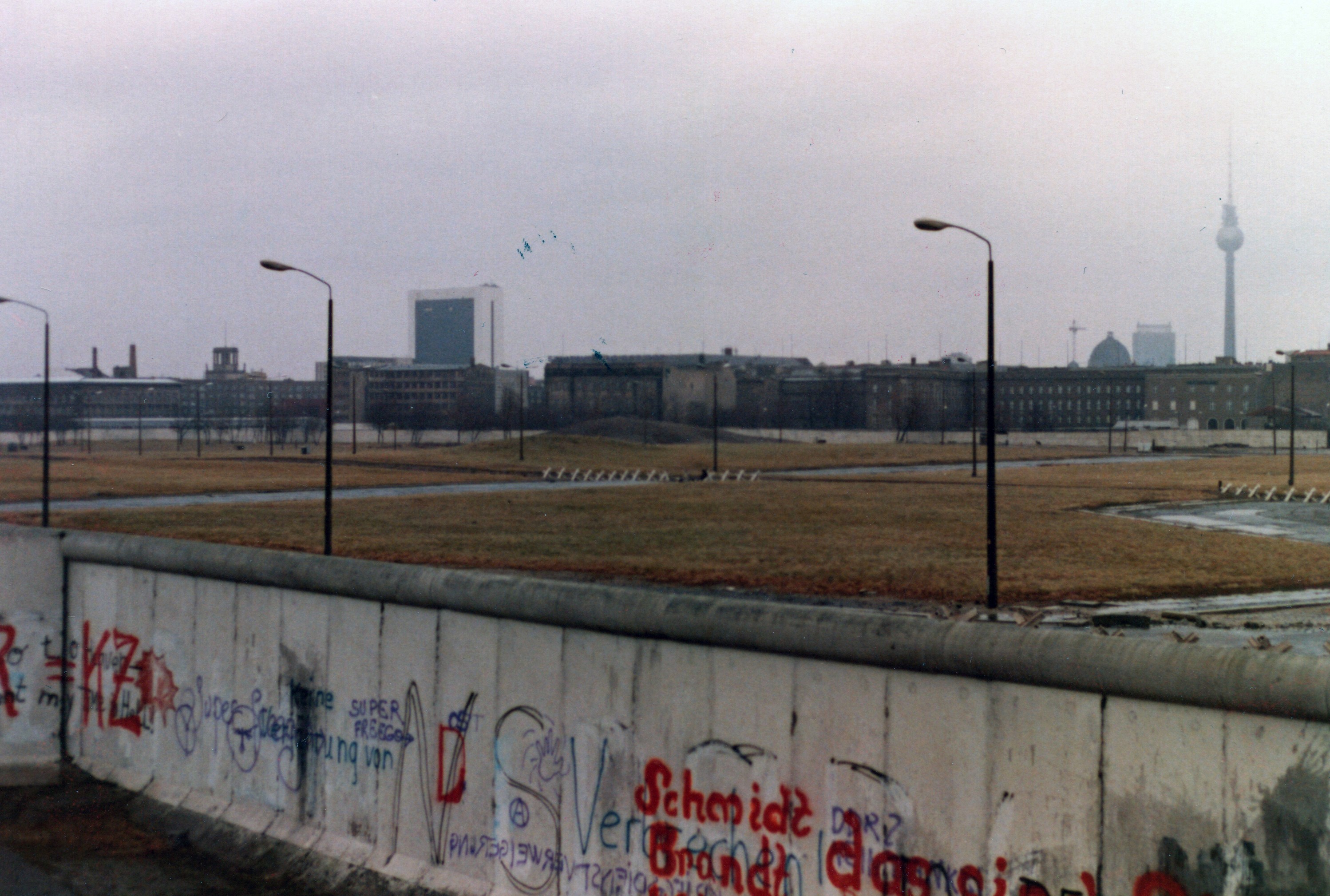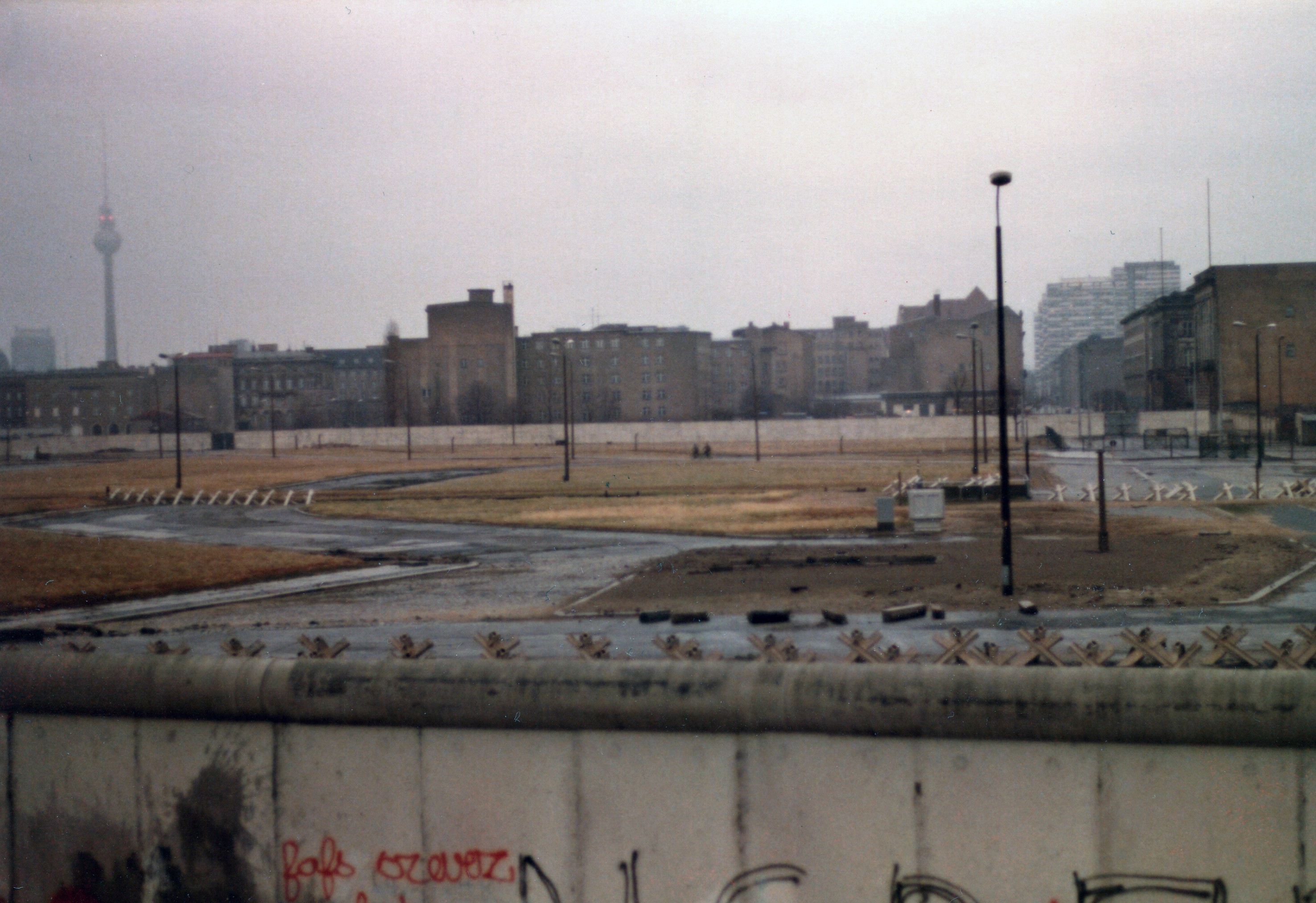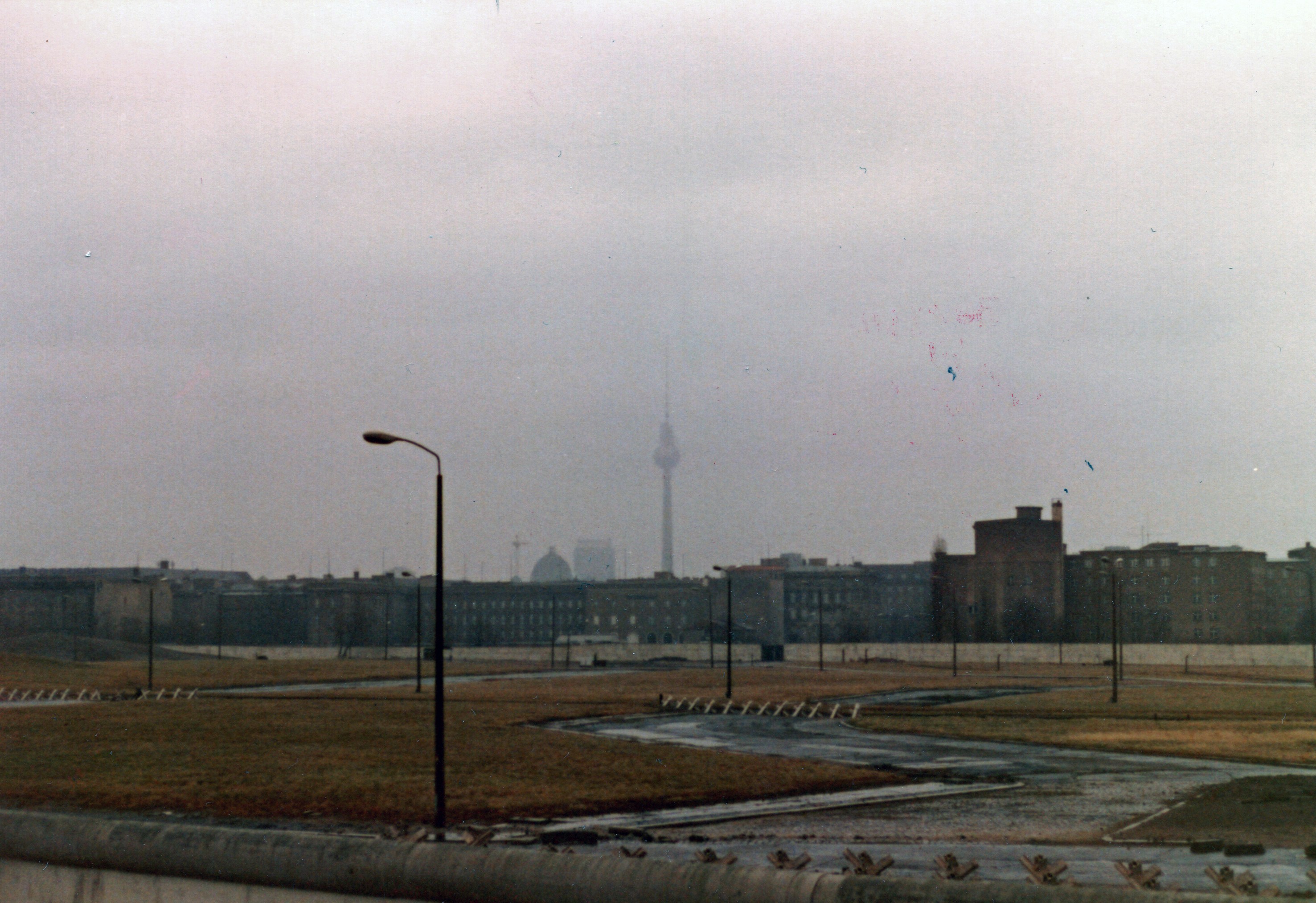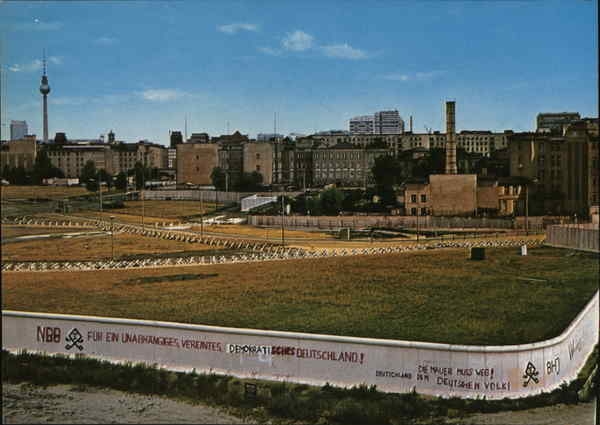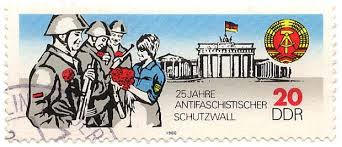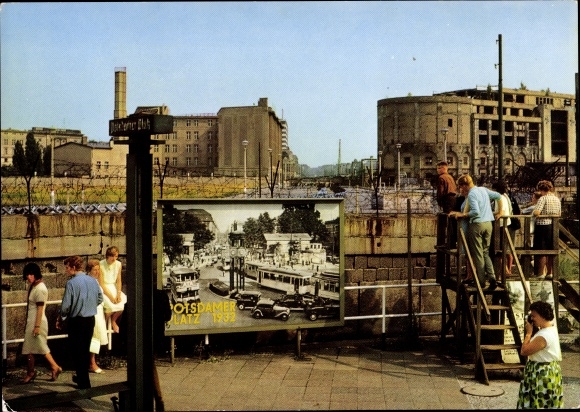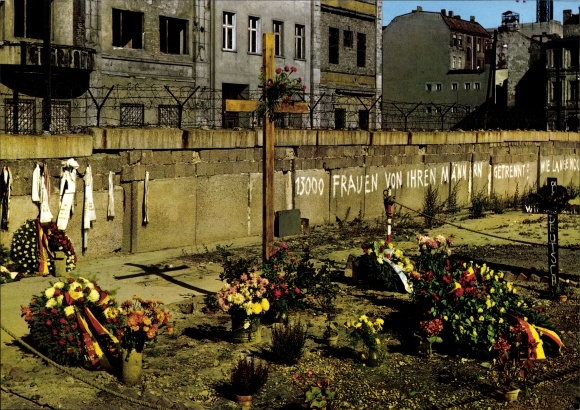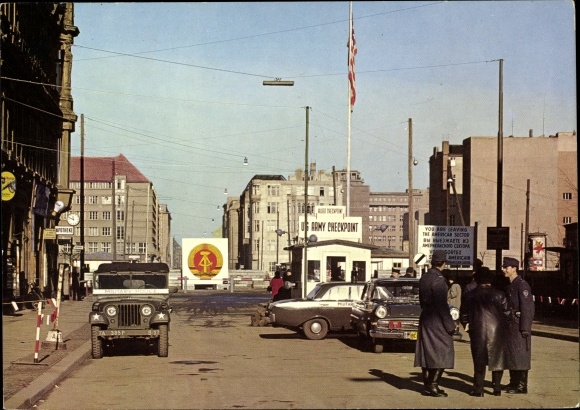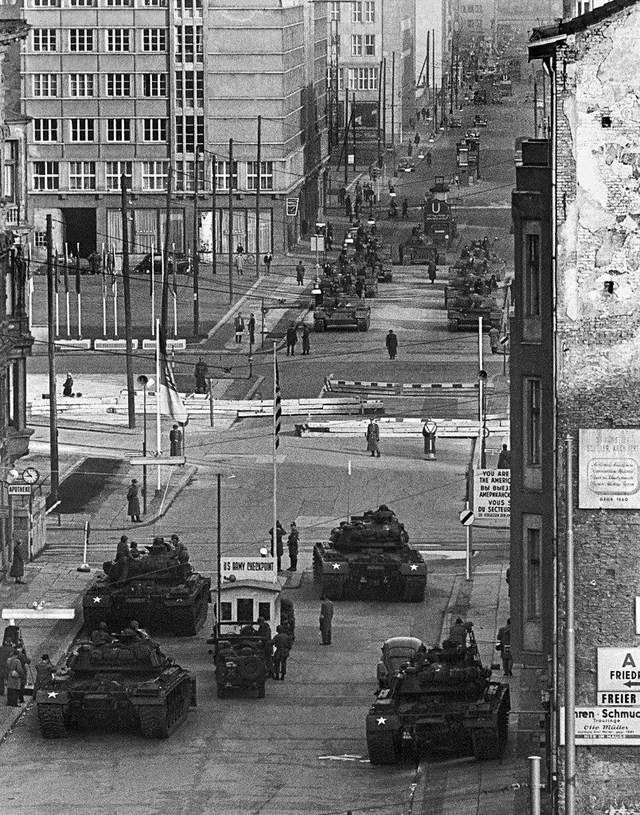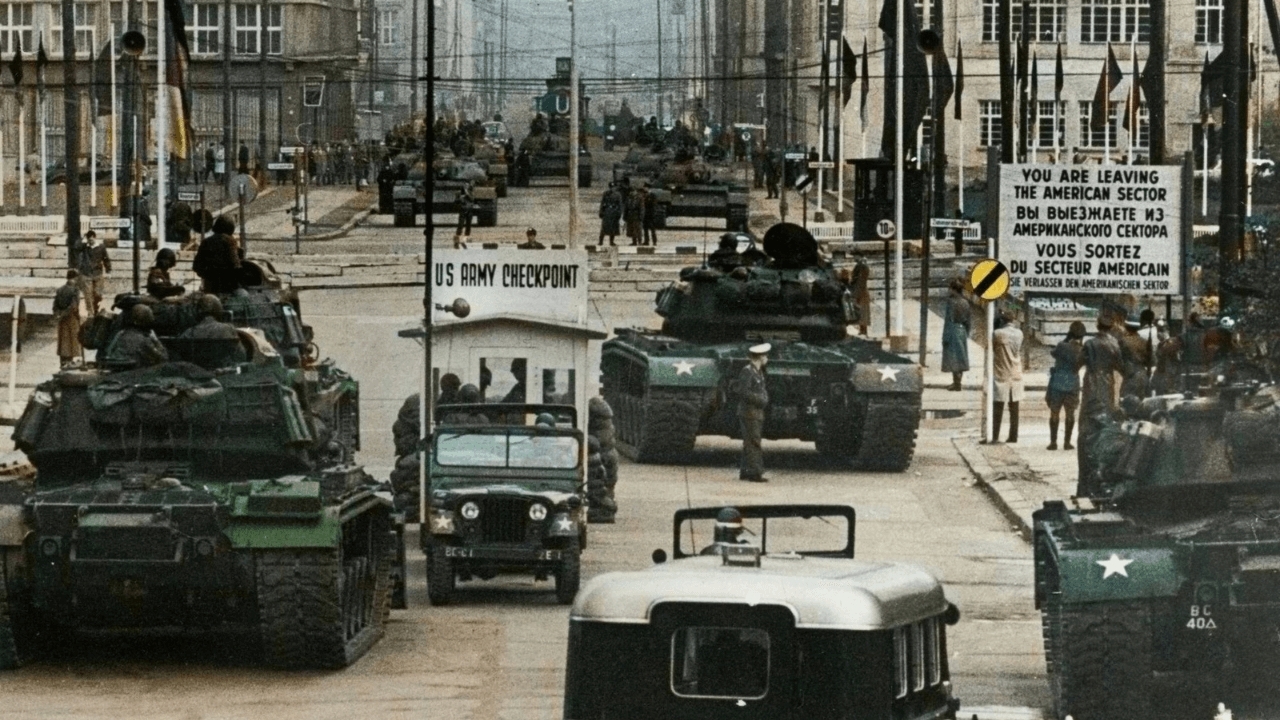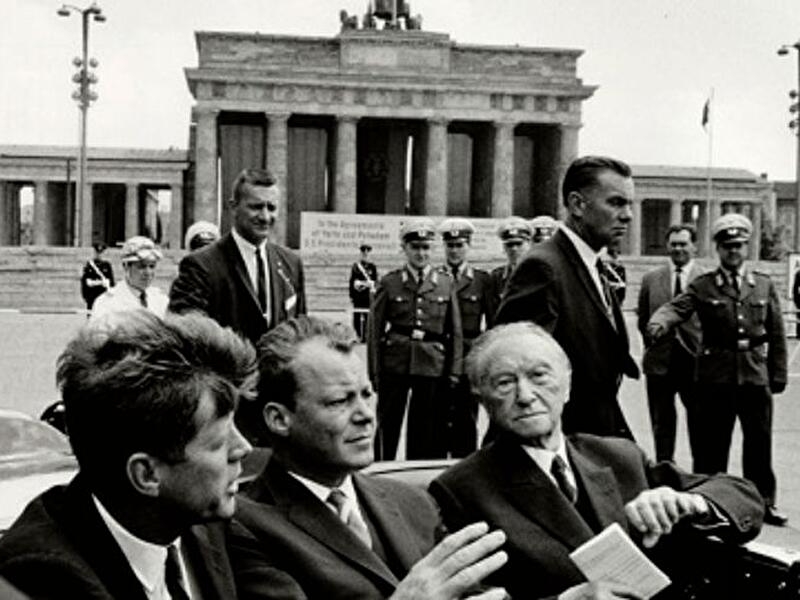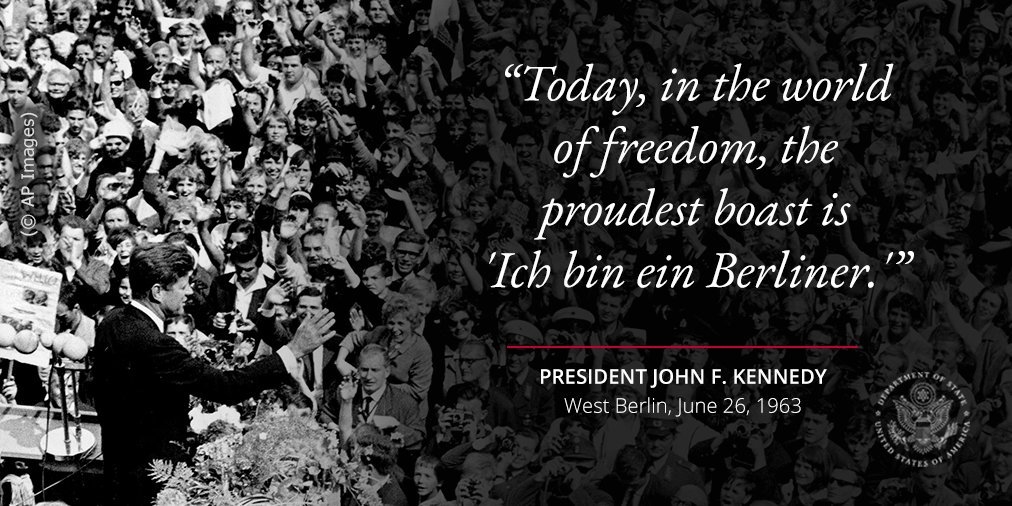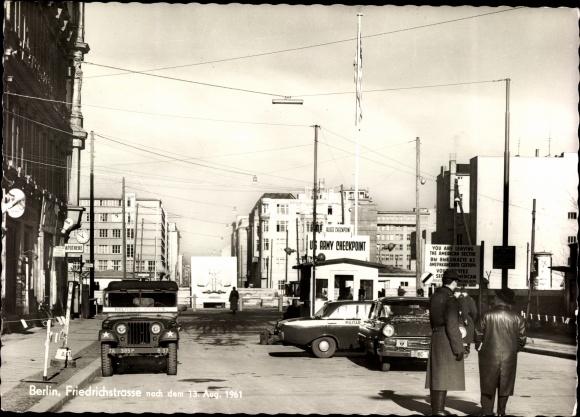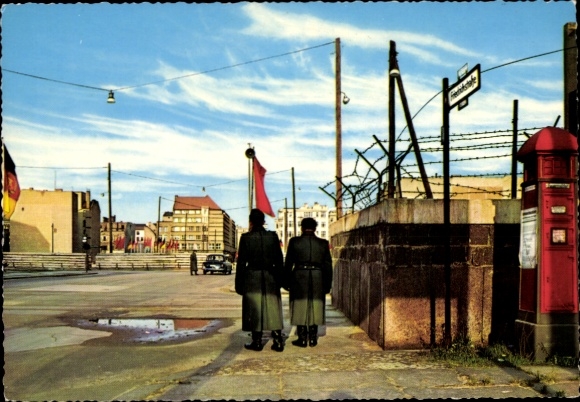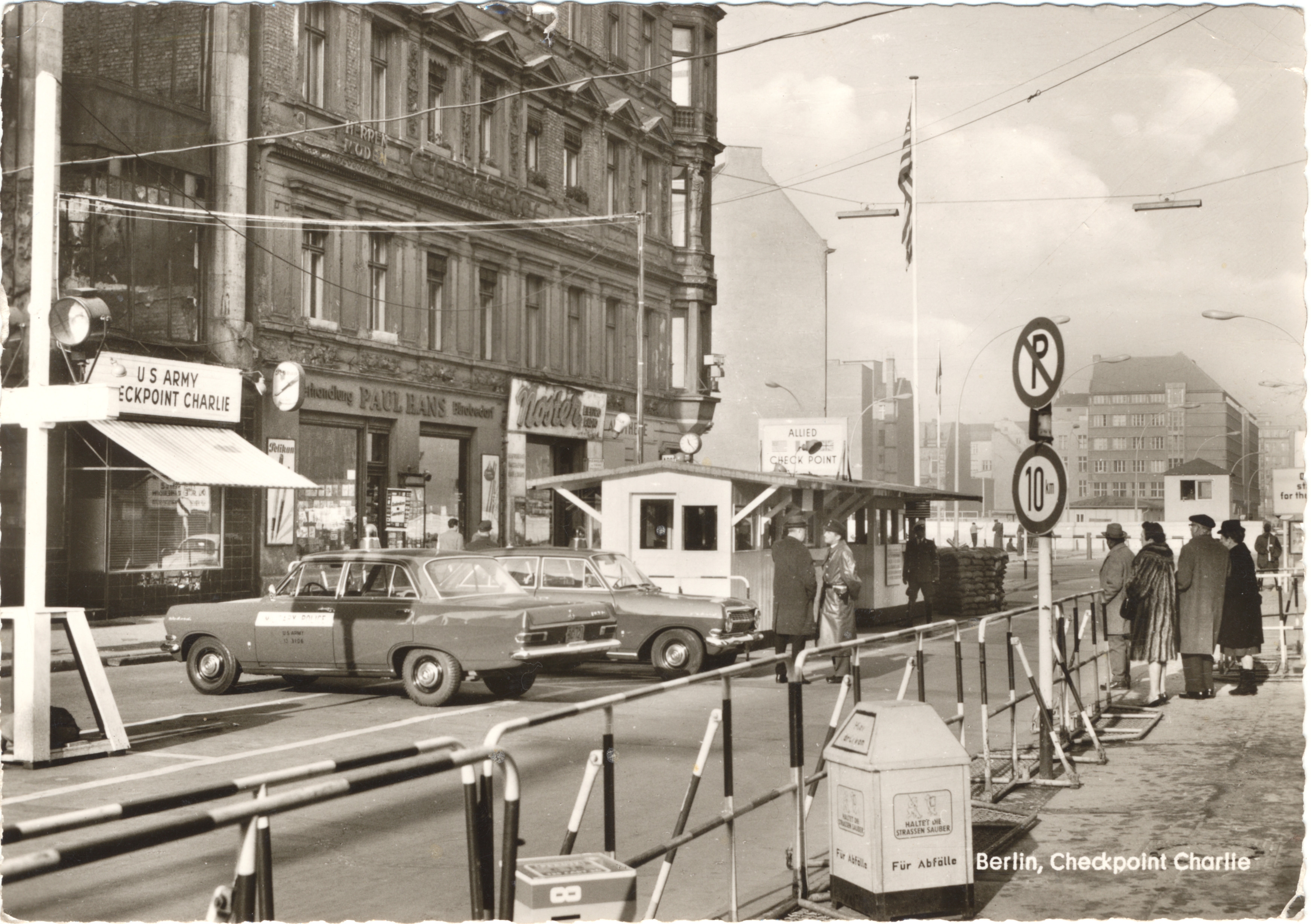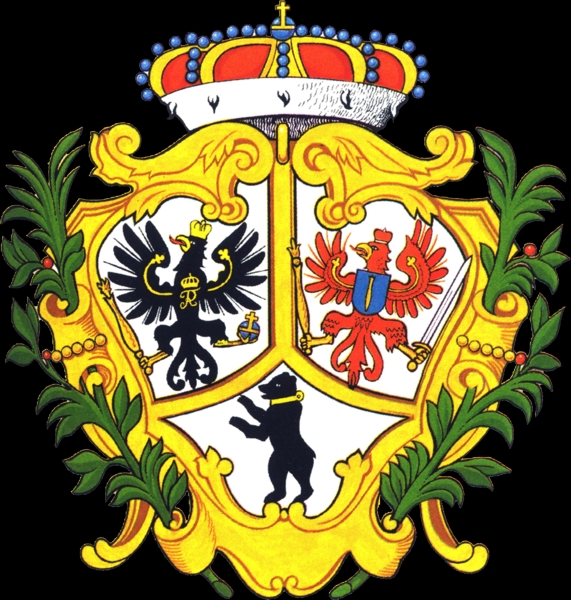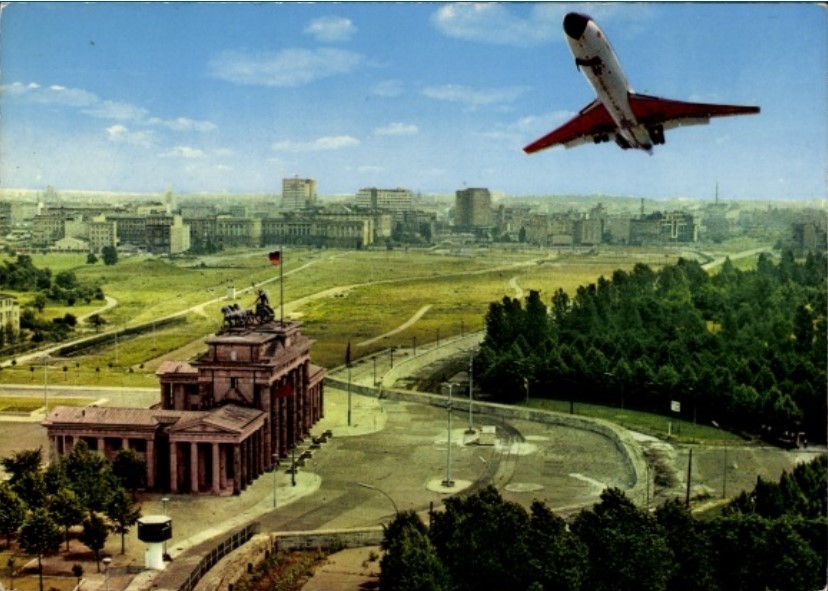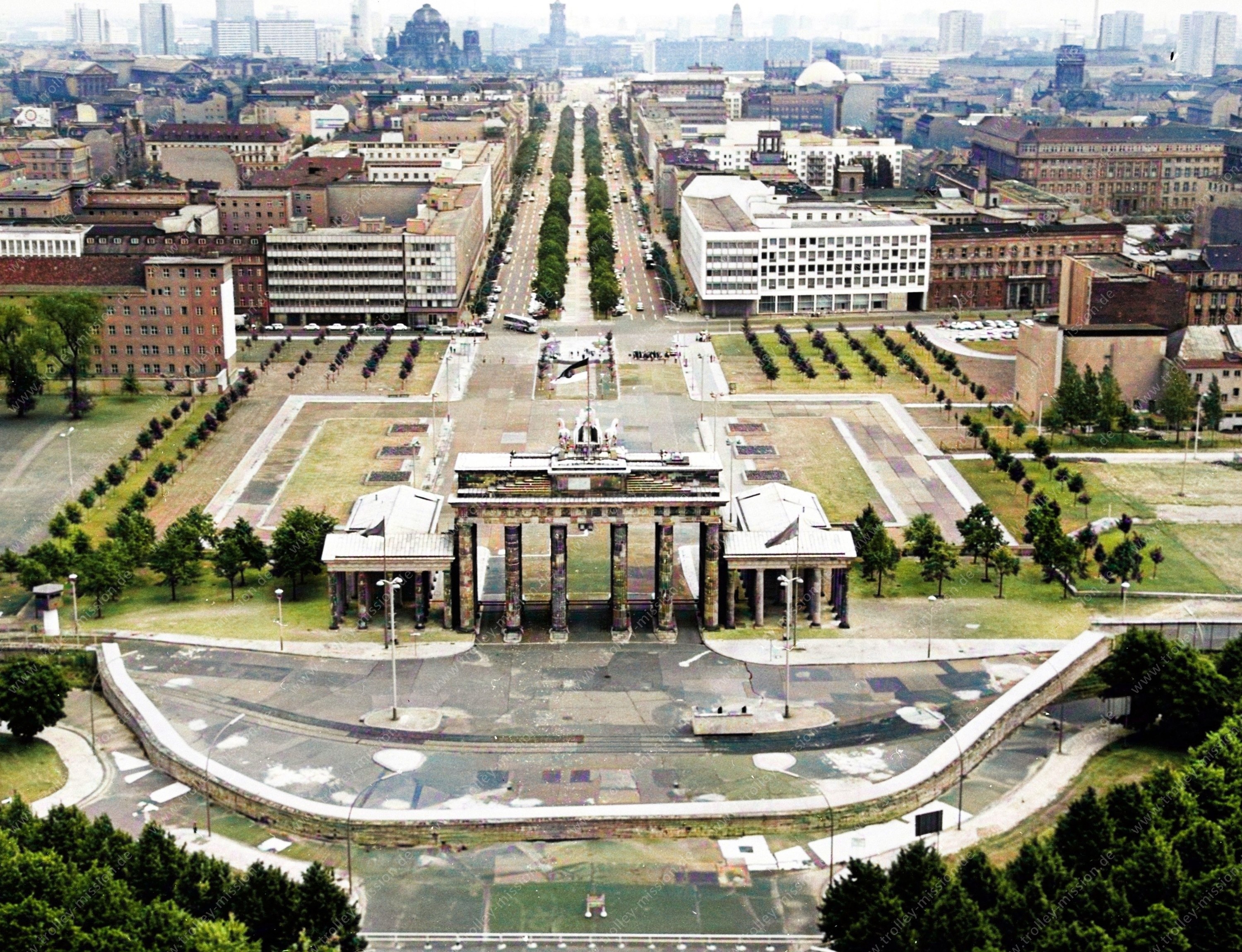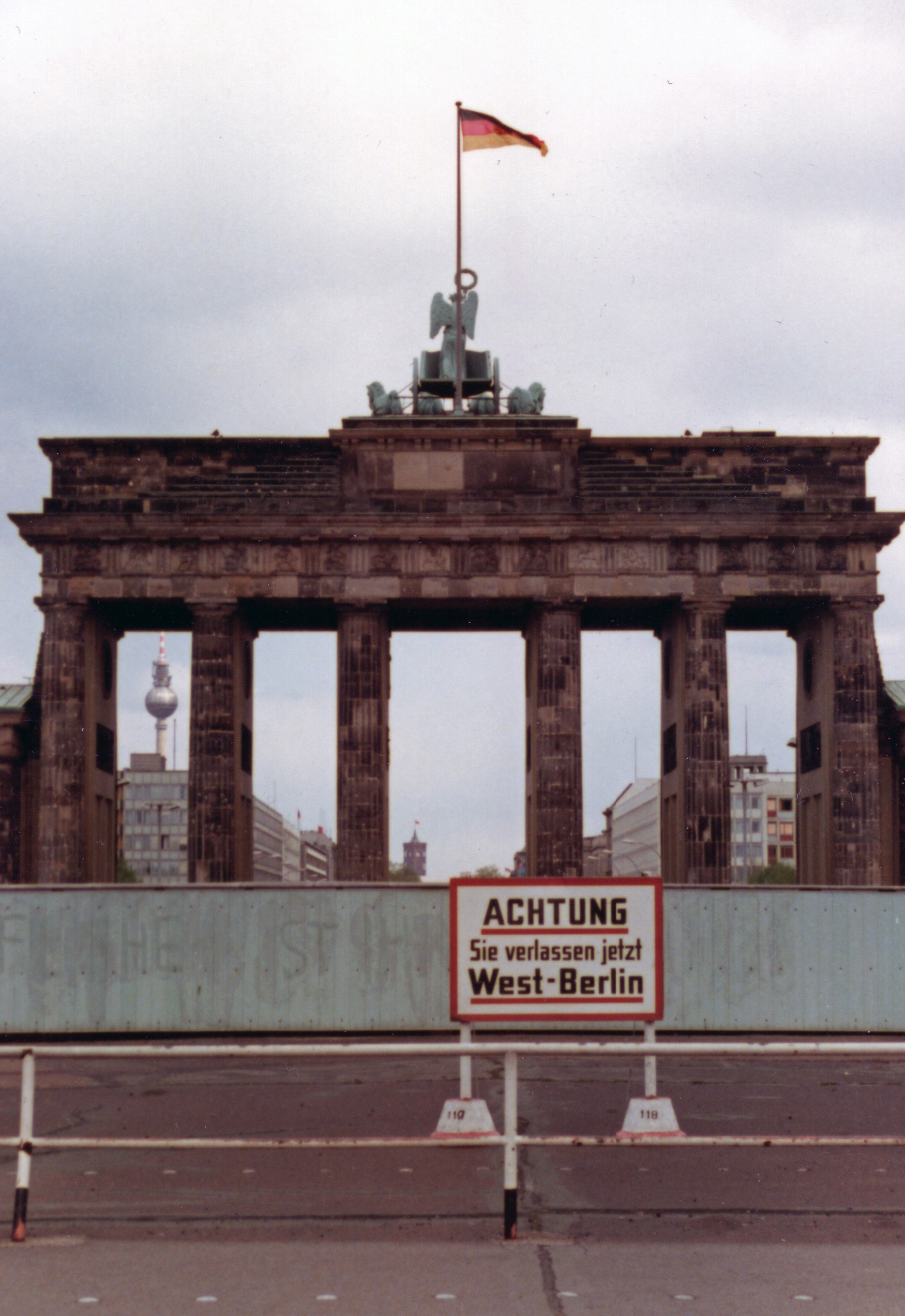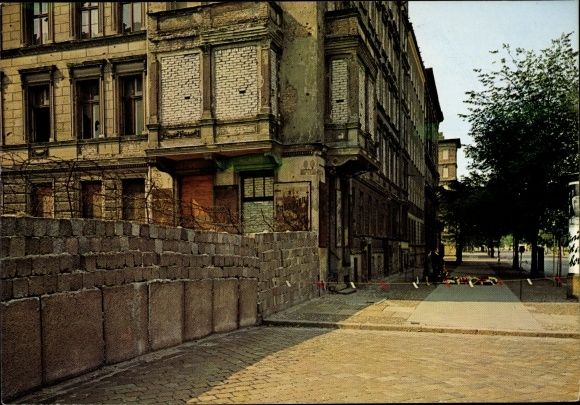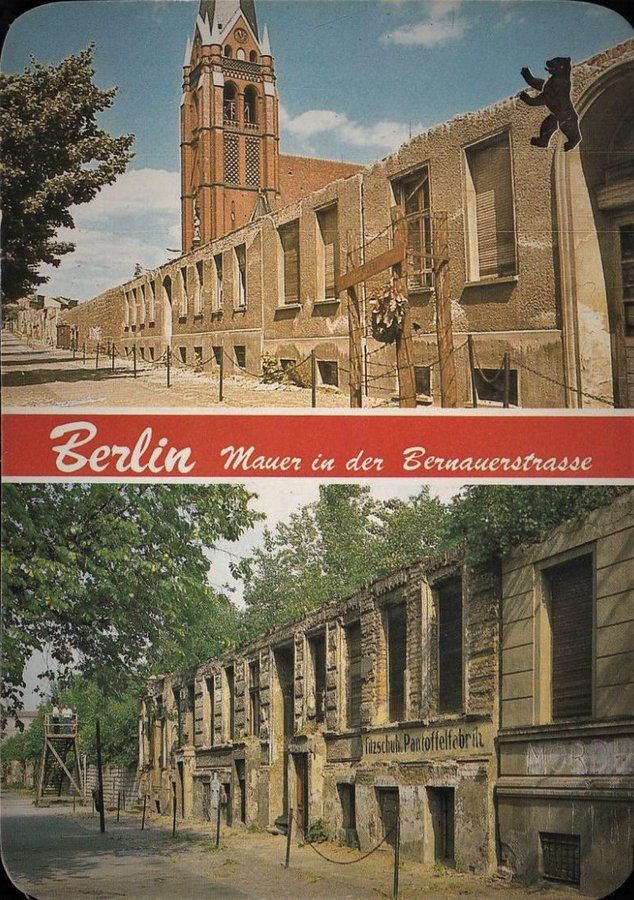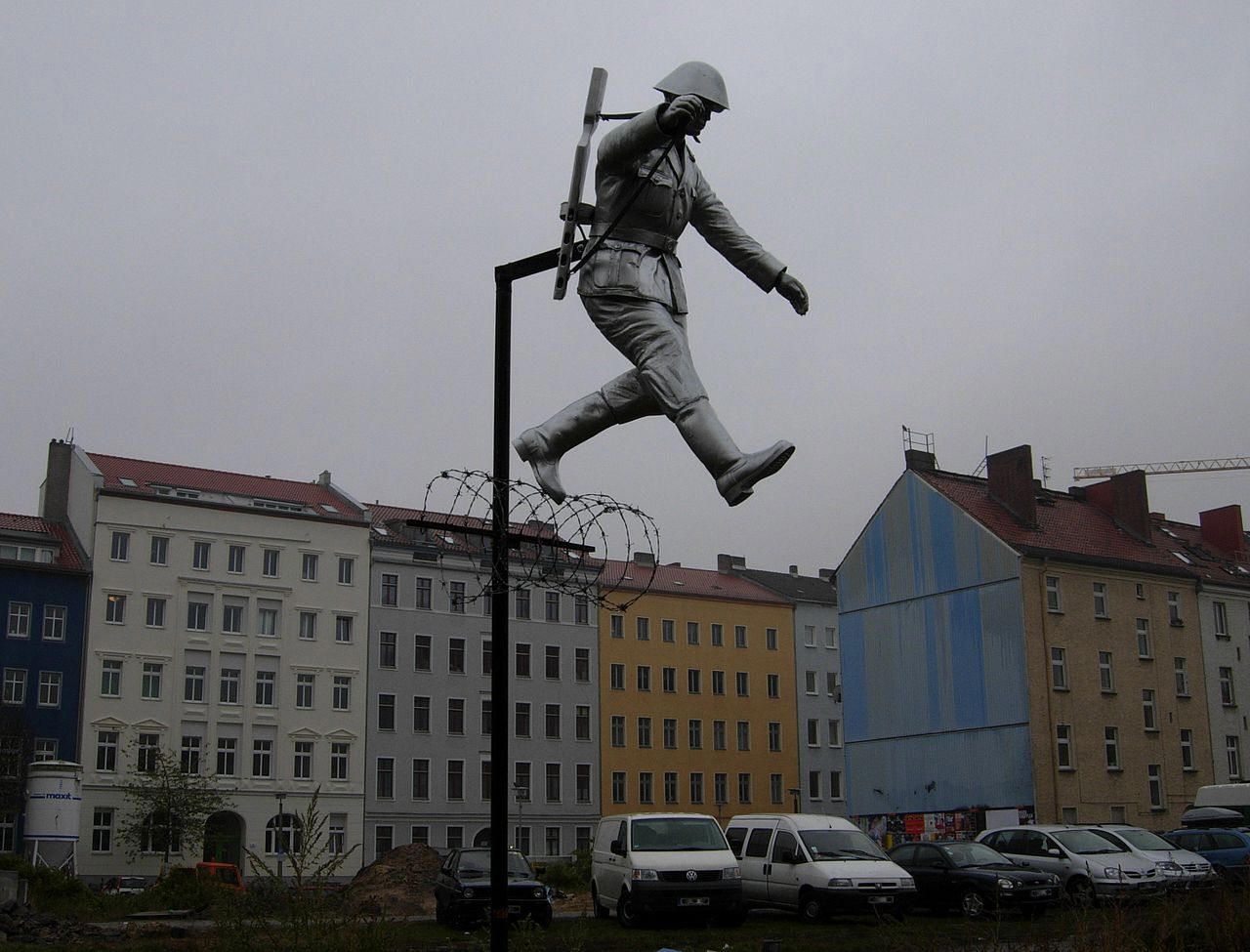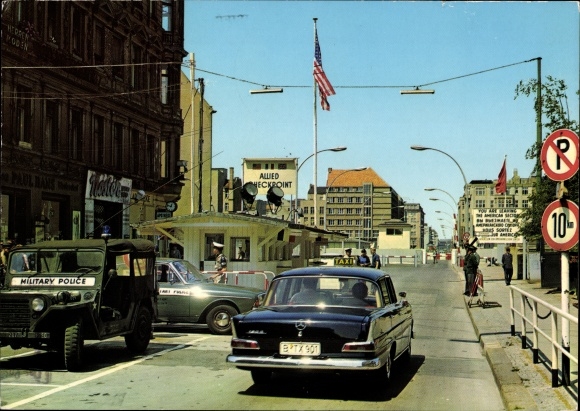
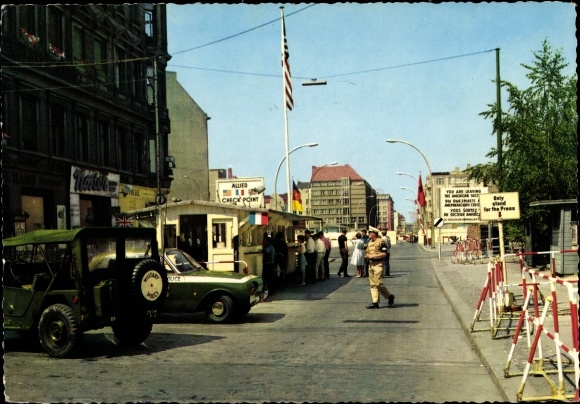
Postkort Checkpoint Charlie 1970
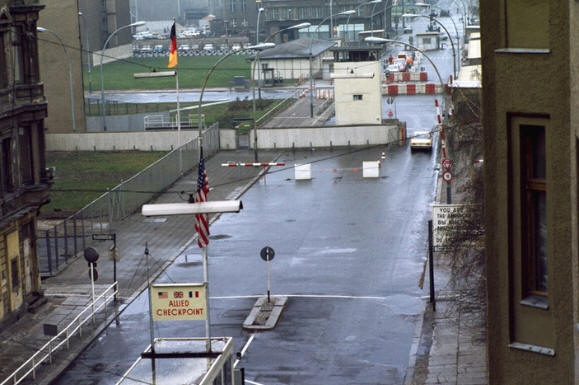
Postcard Checkpoint Charlie from 1980
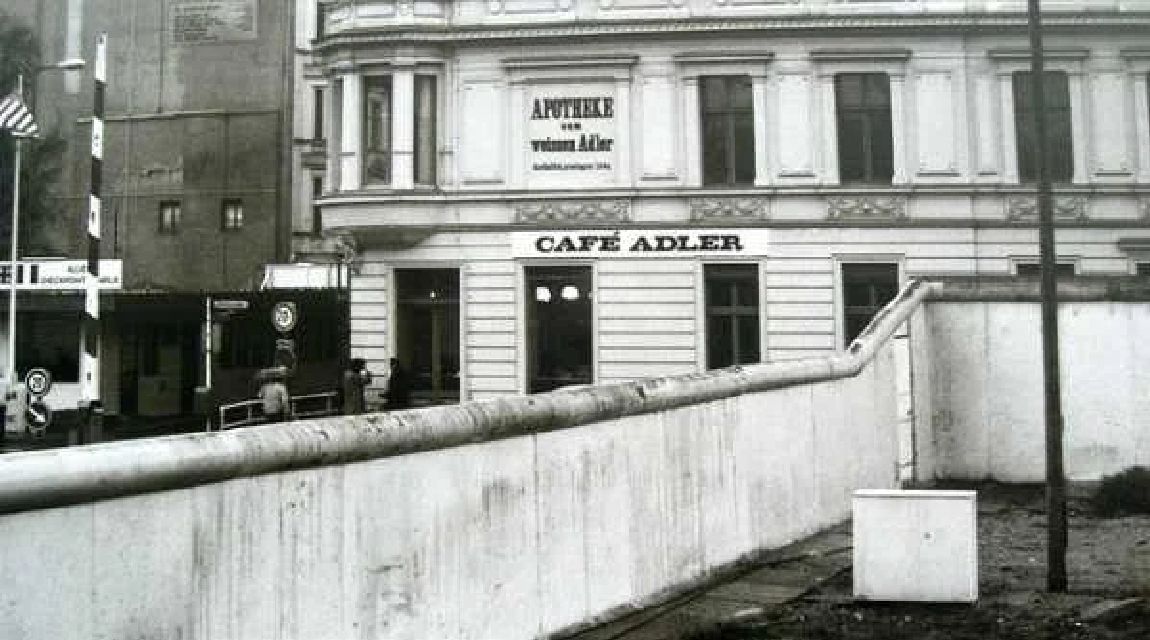
The famous Cafe Adler near Checkpoint Charlie
Cafe Adler at Checkpoint at Charlie Charlie was known as a popular
meeting place for spies and intelligence agents during the Cold War.
Its location close to one of the best-known border crossings between
Eastern and West Berlin made it an ideal place for discreet meetings
and exchange of information while being able to monitor who who
crossed the border. "The eagle has now unfortunately left the border
crossing" in favor of just another Starbucks. But when you think
about which circus Checkpoint Charlie has now been transformed into,
then they match each other very well, I think.
The French journalist Pascale Hugues describes it very well in this
fine article.
Café Adler leaves the American sector!
By Pascale Hugues In German Tagesspiel 29.03.2008
There are places that do not do justice to their history. Just like
Place du Tertre in Paris and Carnaby Street in London, Checkpoint
Charly is one such place. Only in Café Adler can you still feel the
feeling of the Cold War. Certain places in the big cities of old
Europe make you lose any desire to open a history book once again in
your life. A walk among the amateur watercolor painters in Paris is
particularly effective. When you see them on Place du Tertre in
Montmartre, with their easels, palettes and berets, you can only
detest Toulouse-Lautrec and the entire 19th century. And you only
have to spend an afternoon among the Afghan fur coats and incense
sticks in Carnaby Street to kill forever the nostalgia for flower
power and the 60s that is slumbering somewhere. Checkpoint Charlie
turns the division of Germany, this great chapter of Berlin's
history that is still so present to the city's residents, into a
ridiculous bazaar. The Cold War is for sale on the pavement: its
Vopo caps, its watches with a picture of Lenin, its "Helpers of the
People's Police" armbands, its Russian pilot's caps, its hammers and
anvils... "Sometimes even real," admits the saleswoman at a stand.
For the young people from Wuppertal on a school trip, this is a bit
of prehistory. Such a distant time. Florian, with his acne-ridden
cheeks, waves the red flag. Lukas, wearing a fur hat with ear flaps
and a bottle of Coke in his hand, marches in goose step. Laura has
put a Vopo cap on her red hair. And you would like to hug her
history teacher, he looks so sad and exhausted. Annoyed Japanese
strike a pose in front of the sealed and barely recognizable section
of the wall. Smile! Click. Clack. Done! A double-decker bus drives
past. It slows down briefly. Behind the darkened windows and the
small curtains of their South Sea blue exclusive coach, Swabian
pensioners stare at the ruins of the Wall. Four minutes of panoramic
views of 28 years of German history, and the bus turns into Unter
den Linden, another century, another chapter. Goodbye Honecker,
hello Frederick II of Prussia. Checkpoint Charlie is a bottleneck.
It smells of pizza and old fat. Horns. Bicycle taxis. Crowds. I
haven't been in this corner of Berlin for years. Even though I used
to come here regularly when the Wall started to crumble. One
morning, on an appointment, I happen to find myself in front of the
mythical sign: "YOU ARE LEAVING THE AMERICAN SECTOR". But I don't
recognize anything anymore. I have to close my eyes to remember the
time when Checkpoint Charlie was a silent bubble. The pungent smell
of Trabis, delegations of comrades from the French Communist Party
with their indestructible faith - at Checkpoint Charlie you were
transported into another world. "Capitalism knows no mercy. We are
no longer of this world," says the Turkish waiter in Café Adler.
Checkpoint Charlie, once the dead end of West Berlin, has now become
an important object of real estate speculation. Café Adler will soon
close. The waiter watches the everyday circus through the high
windows of his restaurant. His kohlrabi soup and tomato consommé
don't stand a chance against the triumph of gastronomic
globalization, against Chinese stir-fry, Asian sushi, chips and
cookies, chicken wings. Café Adler is the only relic of times gone
by. This is where foreign journalists met with their informants, the
GDR dissidents who had fled to the West, the journalists from "TAZ".
This is where addresses and contacts were exchanged. This is where
you drank your first glass of champagne with the stunned East
Germans who had just crossed the Wall on the night of November 9th.
Café Adler is a true Cold War site, a museum, 1000 times more
authentic than all the kitschy junk on the sidewalk opposite. The
marble tables, the upholstered benches covered in faded green
velvet, the tile mosaic on the floor, the large mirrors on the walls
- they all tell much more about history than the matryoshkas and the
fake fragments of the Wall. And when Café Adler is no longer there,
a few minutes at Checkpoint Charlie will be enough to make you want
to flee from the memories of the Cold War.
